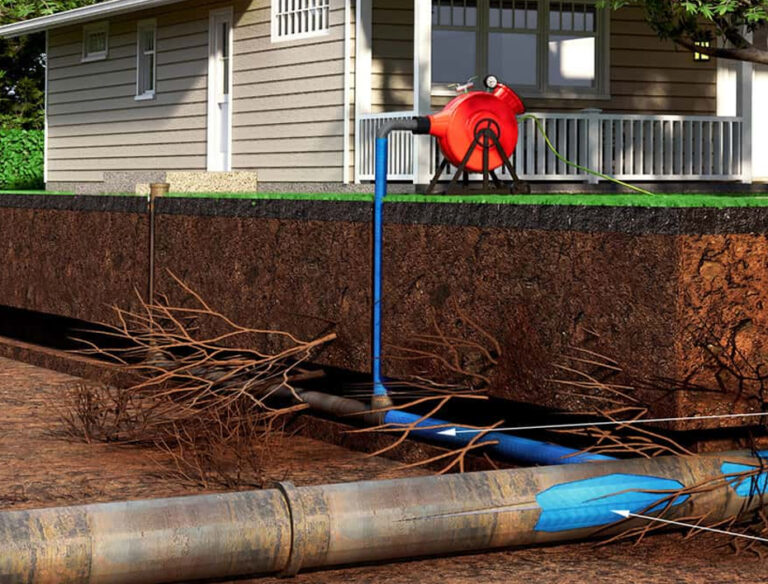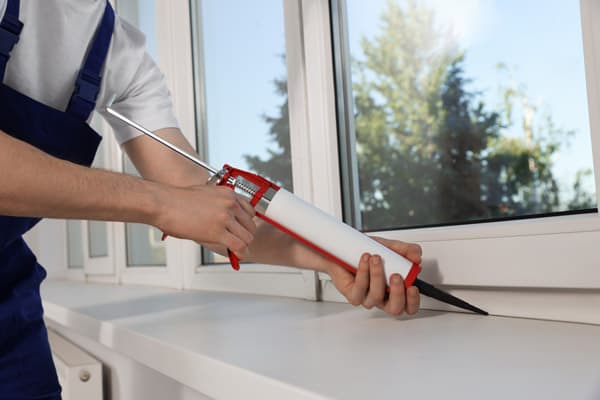TRENCHLESS PIPE REPAIR & REPLACEMENT
Check This Out! Trenchless pipe repair and replacement techniques have revolutionized the way underground infrastructure is restored and upgraded. Gone are the days of extensive excavation and disruption to property and the environment. Instead, innovative trenchless methods offer a more efficient, cost-effective, and environmentally friendly alternative. From pipe lining to directional drilling, these techniques have transformed the landscape of pipeline rehabilitation and maintenance. Let’s delve into the intricacies of trenchless technology and explore its myriad benefits and applications to get Check This Out.
- Introduction to Trenchless Pipe Repair & Replacement
A. Definition and significance of trenchless methods
Trenchless pipe repair and replacement refer to a set of techniques used to rehabilitate or replace underground pipelines without the need for traditional excavation. These methods minimize disruption to surface infrastructure, reduce project timelines, and mitigate environmental impact.
B. Evolution of trenchless technology
Trenchless technology has evolved significantly since its inception in the mid-20th century. From early methods such as pipe jacking to modern advancements like cured-in-place pipe (CIPP) lining, continuous innovation has expanded the capabilities and applications of trenchless techniques.
C. Benefits of trenchless pipe repair and replacement
Trenchless methods offer numerous advantages over traditional excavation, including reduced construction time, lower costs, and minimal disturbance to surrounding areas. Additionally, these techniques can extend the lifespan of underground pipelines and improve overall infrastructure reliability.
II. Techniques Used in Trenchless Pipe Repair
A. Pipe lining
- Process and materials used
Pipe lining involves inserting a flexible liner coated with resin into the damaged pipe and curing it in place using heat or UV light. This creates a new, seamless pipe within the existing one, effectively sealing leaks and preventing corrosion. - Advantages over traditional methods
Pipe lining eliminates the need for excavation, minimizing disruption to landscaping and structures. It also provides a cost-effective solution for rehabilitating aging pipelines without the expense and inconvenience of full replacement.
B. Pipe bursting
- Methodology and equipment involved
Pipe bursting employs a hydraulic system to fracture the existing pipe while simultaneously pulling a new pipe into place behind it. This method is particularly effective for replacing deteriorated or undersized pipes without excavation. - Applications and limitations
Pipe bursting is suitable for a wide range of pipe materials and diameters, making it a versatile option for pipeline rehabilitation. However, it may not be feasible in certain soil conditions or locations with limited access.
C. Directional drilling
- Process overview
Directional drilling, also known as horizontal directional drilling (HDD), involves drilling a pilot hole underground and then enlarging it to accommodate the new pipeline. This method is ideal for installing pipelines beneath obstacles such as roads, rivers, and buildings. - Suitable scenarios for directional drilling
Directional drilling is commonly used in urban areas where traditional excavation is impractical or disruptive. It offers precise control over the trajectory of the pipeline, minimizing environmental impact and reducing the need for surface disruption.
III. Cost Considerations and Long-term Savings
A. Initial investment vs. long-term savings
- Comparison with traditional excavation
While trenchless methods may have higher upfront costs than traditional excavation, they often result in significant long-term savings due to reduced labor, equipment, and restoration expenses. - Factors influencing cost-effectiveness
The cost-effectiveness of trenchless pipe repair and replacement depends on various factors, including project scope, site conditions, and regulatory requirements.
B. Potential cost-saving benefits
- Reduced labor and equipment expenses
Trenchless methods require fewer personnel and equipment compared to traditional excavation, resulting in lower labor and overhead costs. - Minimization of property damage and restoration costs
By minimizing surface disruption, trenchless techniques reduce the need for property restoration and associated expenses, further enhancing cost savings over the project lifecycle.
C. Return on investment (ROI) analysis
When evaluating the cost-effectiveness of trenchless pipe repair and replacement, it’s essential to consider the potential return on investment in terms of improved infrastructure performance, reduced downtime, and extended asset lifespan.
IV. Environmental Impact of Trenchless Technology
A. Reduction of ecological disruption
- Preservation of landscapes and green spaces
Trenchless methods minimize disruption to surface infrastructure, preserving landscapes, parks, and other green spaces for the community to enjoy. - Prevention of soil contamination and erosion
By avoiding extensive excavation, trenchless techniques help prevent soil disturbance and the associated risks of contamination and erosion.
B. Mitigation of carbon footprint
- Decreased fuel consumption and emissions
Trenchless methods require less heavy machinery and transportation, resulting in reduced fuel consumption and emissions during project execution. - Contribution to sustainable development goals
By minimizing environmental impact and promoting resource efficiency, trenchless technology aligns with global sustainability initiatives and contributes to a more eco-friendly infrastructure.
C. Regulatory compliance and environmental certifications
Trenchless contractors adhere to strict environmental regulations and may hold certifications such as ISO 14001 to demonstrate their commitment to sustainable practices and responsible stewardship of natural resources.
V. Future Trends and Innovations in Trenchless Pipe Repair
A. Advances in materials and equipment
- Emerging technologies in trenchless repair
Ongoing research and development are driving innovations in trenchless materials and equipment, enhancing performance, durability, and cost-effectiveness. - Potential for automation and robotics
Advancements in automation and robotics hold promise for streamlining trenchless operations, improving efficiency, and reducing reliance on manual labor.
B. Integration with smart infrastructure
- IoT applications in pipeline monitoring
The integration of Internet of Things (IoT) technology enables real-time monitoring of pipeline conditions, facilitating proactive maintenance and minimizing the risk of failures. - Predictive maintenance and asset management
By leveraging data analytics and predictive algorithms, utilities can optimize asset management strategies, prolonging the lifespan of underground infrastructure and maximizing return on investment.
C. Market growth and adoption projections
The trenchless pipe repair and replacement market is poised for significant growth in the coming years, driven by increasing urbanization, aging infrastructure, and growing awareness of environmental sustainability. As demand for efficient, cost-effective solutions continues to rise, trenchless technology is expected to play a pivotal role in shaping the future of underground construction and infrastructure management.



Post Comment